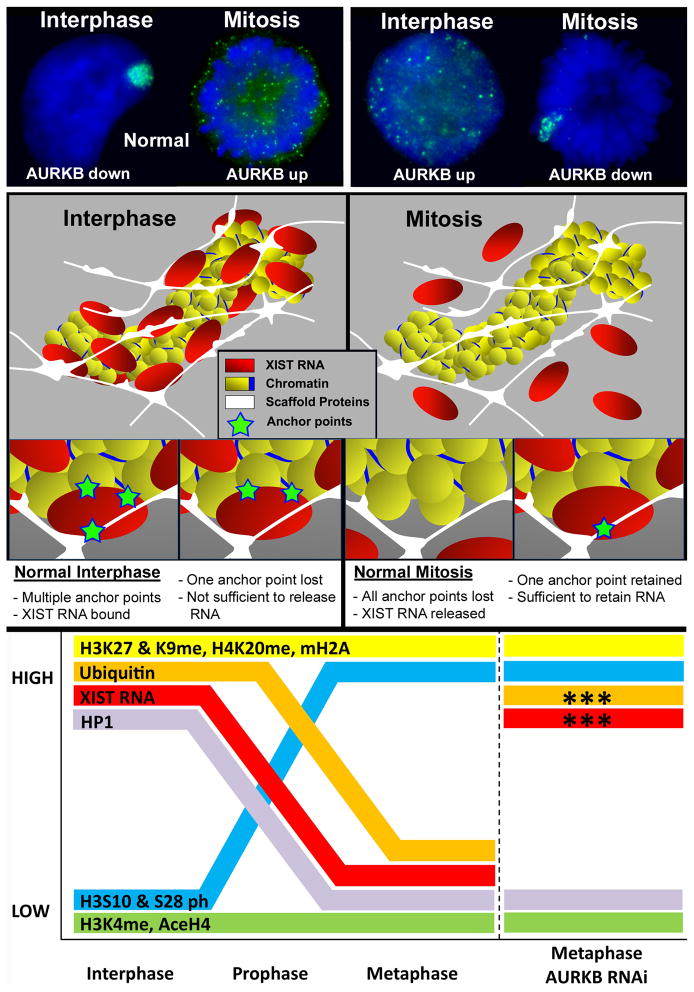FIGURE 2. AURKB chromatin phosphorylation affects the binding of XIST RNA to multiple anchor points which we suggest bridge chromatin and insoluble nuclear structure.
A) In normal cells (left) XIST RNA paints the chromosomes territory at interphase and releases from the chromosome early in mitosis. In cells in which AURKB is manipulated (right), use of an inhibitor of PP1 (which releases repression of AURKB) causes XIST RNA to release from the interphase chromosome, whereas RNAi or inhibition of AURKB causes XIST RNA to be retained on metaphase chromosomes. B) Model of XIST RNA interaction with the interphase chromosome proposes that XIST RNA is anchored at multiple points and bridges chromatin with insoluble scaffold (matrix) proteins of the nucleus. To release XIST RNA in interphase all anchor points must be abrogated, but retention of one anchor point may be sufficient to force chromosomal retention of XIST RNA at mitosis. C) Manipulation of XIST RNA binding in live cells provides a strategy to determine which chromatin proteins or modifications most closely parallel XIST behavior. In this analysis, only histone ubiquitination followed the same pattern as XIST RNA under all conditions. Figures adapted from Hall et al., 2009.

